E-bike motor and battery options
Cycle Sprog is a reader-supported website. When you buy through links on this page we may earn an affiliate commission.
E-bikes are becoming increasingly popular - especially for carrying children and cycling in hilly areas.
When buying an e-bike you need to consider the motor and battery options and whether they suit your needs.
In this article we take a closer look at the different e-bike motor types and positions, as well as batteries and how to safely charge the battery of your e-bike.
What is an e-bike?
An e-bike is a regular bicycle with a small motor which offers electric assist (e-assist) when you pedal. This means that it will feel like something is helping you to pedal when you push on the pedals. A bit like a newly-gained superpower!
It is an amazing innovation for cycling and you need to try it for yourself to find out what a life-changing experience an e-bike can be.
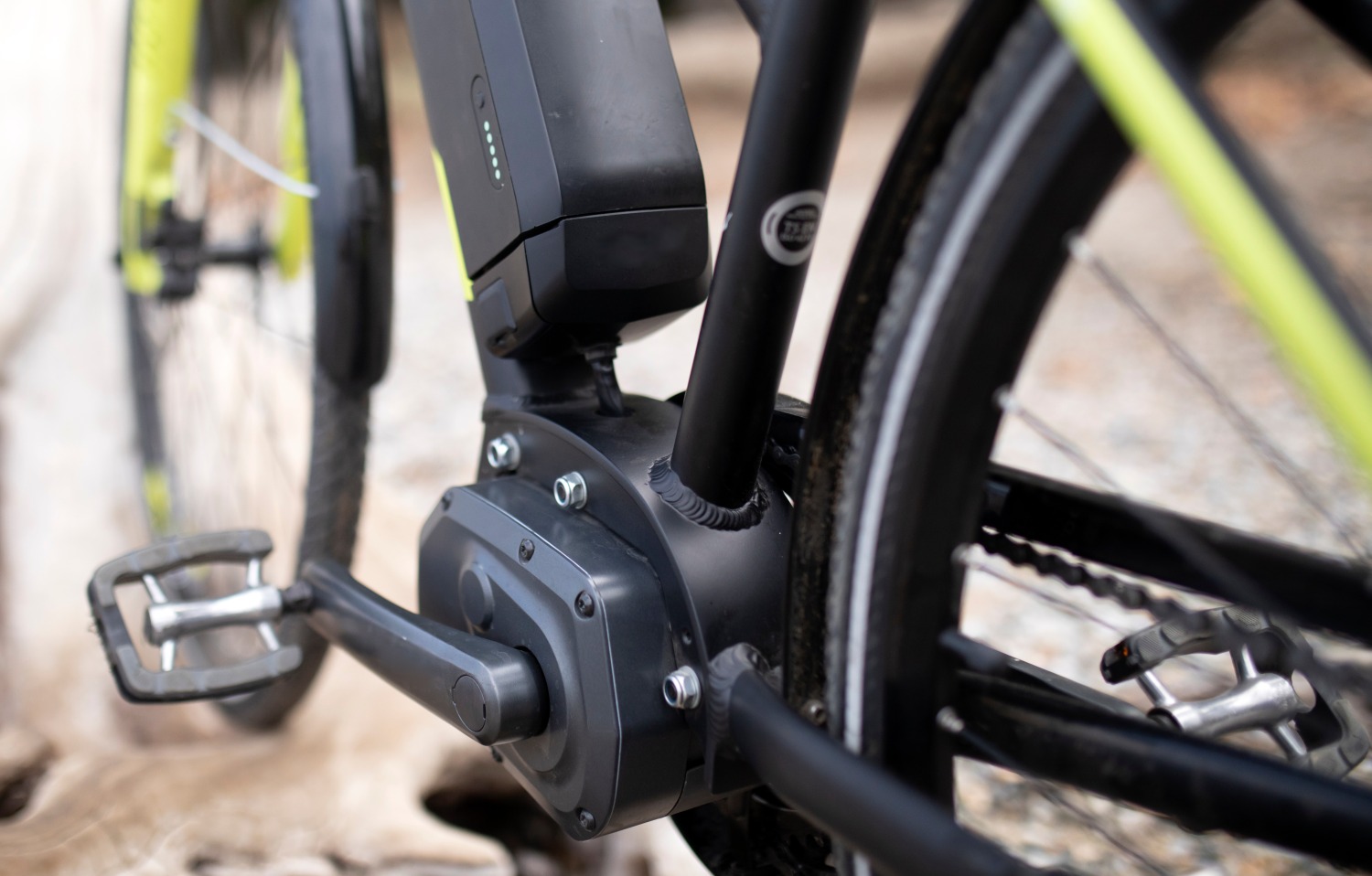
There is lots of information available on e-bikes, but in our explainer we have also included some information on carrying children on an e-bike in a bike seat and e-cargo bikes.
Type of e-bike motors
The two common types of motors on e-bikes are:
- Mid-drive motor
- Hub-drive motor
Most e-bikes are sold with the motor already in place, but you can look into electrifying an existing bike by fitting a conversion kit.
Your local bike shop might offer this as a service or there are a number of reputable kits that you can fit yourself at home.
Centre of gravity on an electric bike
You’ll hear a lot of mentions of ‘centre of gravity’ when looking at e-bikes and especially e-cargo bikes so we thought we’d dive into a bit more detail on what this is all about.
The centre of gravity refers to the point on your bike which is the centre of all its combined weight. On a non-electric bike this is not very important, but when you add a battery and motor to a bicycle this suddenly becomes very important because your bike will become more difficult to balance due to its weight.
And it becomes even more important if you add a child or two children to your bike.
The lower the centre of gravity of an e-bike, the easier it will be to handle and balance the bike.
In the ideal situation, the battery and the motor sit low on an e-bike. The lower the better.
Remember that you will be adding some more weight higher up on the bike, including kids bike seats, your children, and yourself.
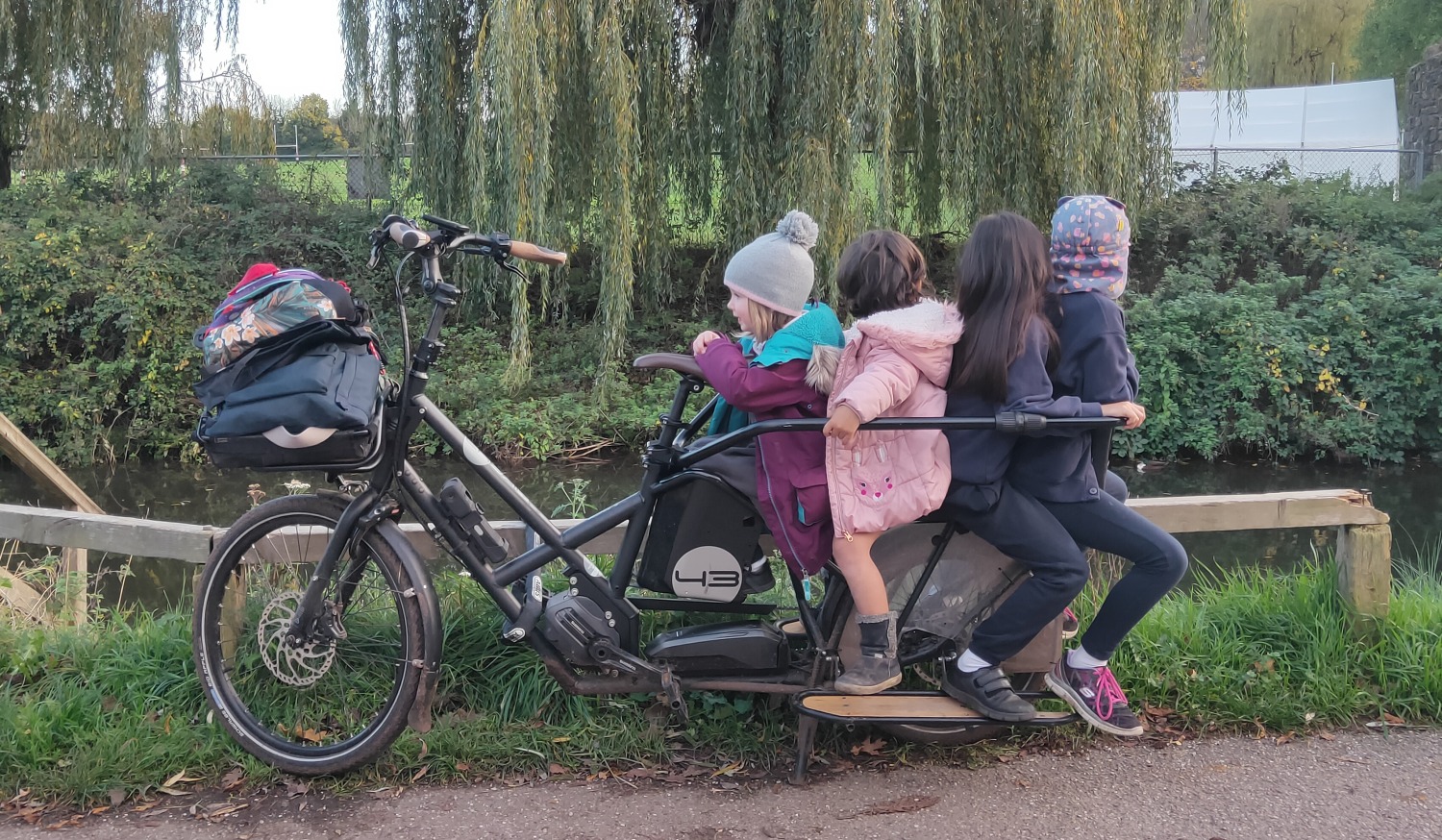
Mid-drive motor
A mid-drive motor is positioned in between the pedals at the bottom bracket of the bike. This results in a low centre of gravity, which helps with balancing your bike.
Mid-drive motors are very efficient, which results in getting longer use out of the battery so more miles per charge.
They are also more responsive than hub-motors, which means that the e-assist kicks in promptly when you start pedalling from a standstill, which helps at junctions and with hill starts in particular.
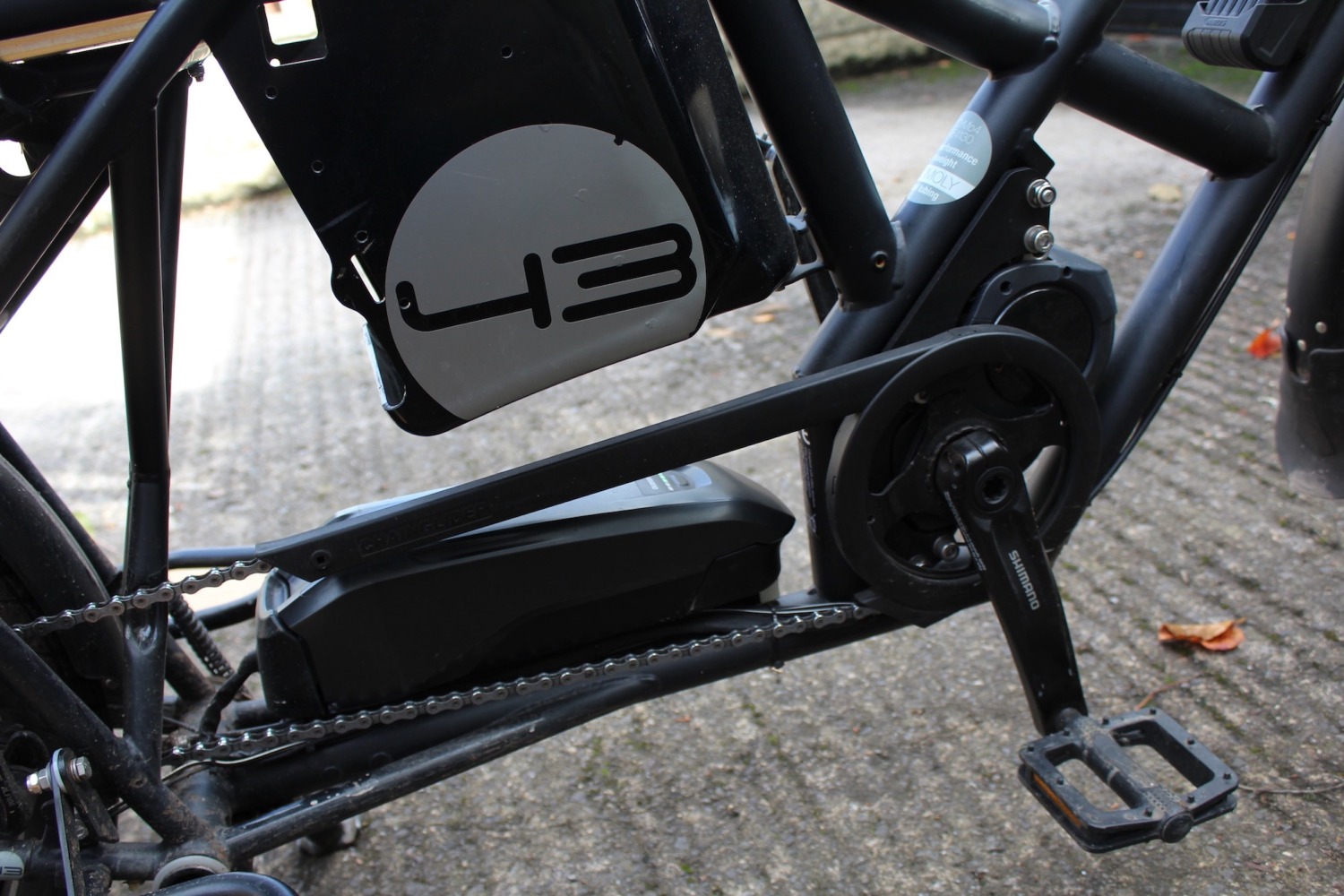
Hub-drive motor
On a hub-drive e-bike the motor is positioned in the centre of the rear or front wheel, and feels a little bit more like being pushed along. The most common position of the motor is in the rear hub.
The motor is a heavy part on your e-bike and having it positioned at the rear may influence your balance. Having said that, hub drive motors are usually lighter than mid-drive motors.
One downside of a hub-drive motor is that taking the rear wheel out to fix a puncture can be a real hassle.
Because hub drive motors are less responsive than mid-drive motors you will have to start rotating the pedals before the e-assist kicks in. This makes them more suited to flatter terrain where you’re not trying to do a steep hill start.
Hub-drive motors are a common option on folding e-bikes.
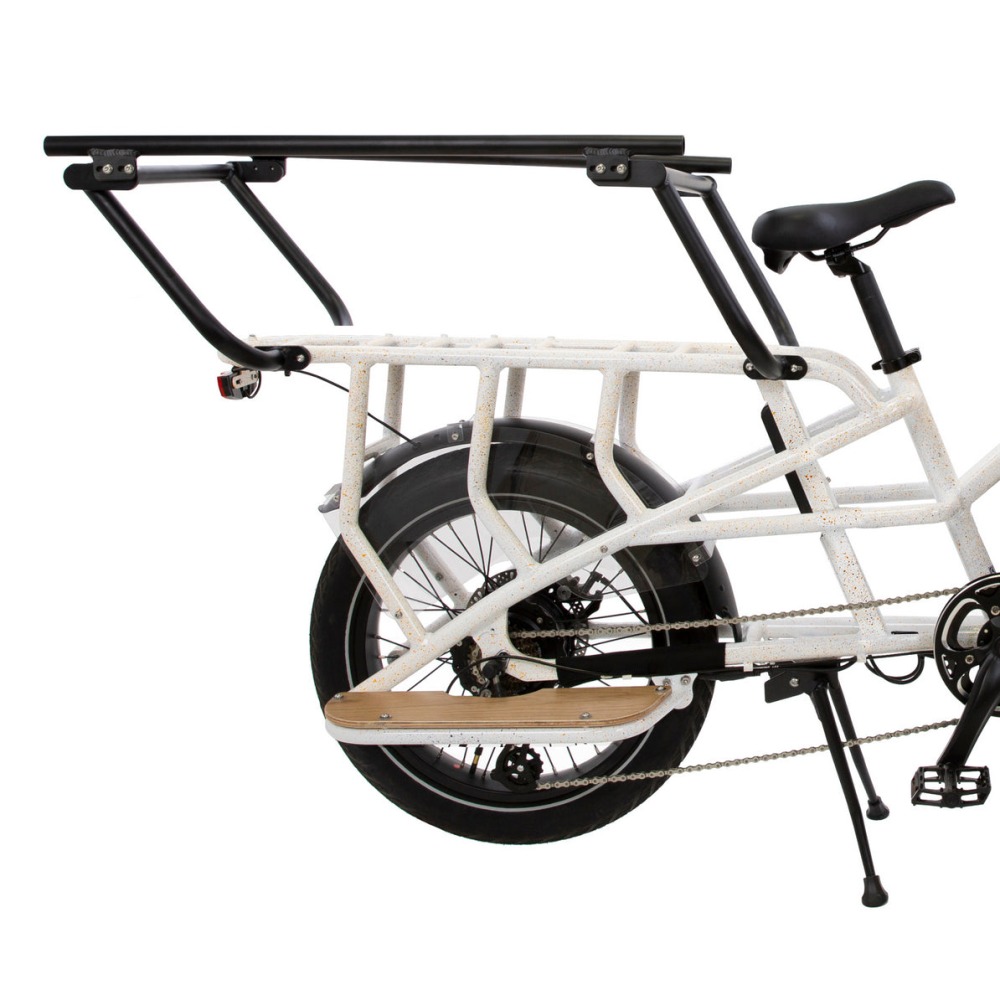
Mid-drive or hub-drive motor, which one is best?
It is hard to tell which one of the two e-bike motor options is the best option for you, because this depends on your individual or family needs, as well as your budget.
Most high-end e-bikes and e-cargo bikes will have a mid-drive motor by a reputable brand. You can’t go wrong with a mid-drive motor by a well-known manufacturer and you will not have any problems getting it serviced.
The bike should retain its value, so you can sell it on if you wish to.
E-bike motor brands and servicing
Hub-drive motors for e-bikes have been around for a long time and are less complex in terms of technology. Bafang is a well-known brand for hub-drive motors. Some hub-driver motors are from less well-known brands.
Most mid-drive motors are by well-known and reputable brands such as Bosch, Shimano and Yamaha.
Please note that you’ll need a certified dealer to get software updates for mid-drive motors. You don’t need a software update with every service, but you will every once in a while.
Local bike shops are usually happy to service e-bikes with a motor by a well-known brand, but check beforehand, because some smaller shops may only service certain brands.
It is best to check with your local bike shop to confirm whether they are happy to service your e-bike, if you are planning on buying the bike from somewhere else.
Electric bikes and the law
In the UK, electric bikes are officially called ‘Electrically Assisted Pedal Cycles’ (EAPC) and you do not need a licence to ride one (if you’re 14 or over) and it does not need to be registered, taxed or insured.
The most important thing to look out for to ensure that the e-bike is an EAPC is the maximum power output from the motor. This needs to be maximum 250 watts (usually written as ‘250W’).
If an e-bike you’re interested in doesn’t mention the motor output, be very cautious. It might mention a maximum speed. The maximum speed at which an EAPC can propel a bike is 15.5mph (or 25 km/h).
An electric bike that does not meet these requirements would be classed as a motorcycle or moped, which would come with the need for an appropriate driving licence, insurance and tax, in addition to not being allowed to be driven on shared use paths and cycle lanes.
Read more about e-bikes and the law.
Will my e-bike get me up hills easily?
The power of the e-assist on an e-bike is usually measured in Nm and called ‘torque’. The higher the torque, the more powerful the e-assist you can choose to have when you pedal.
Torque is measured in Nm which stands for Newton metres.
It is hard to measure how powerful your e-bike will be, because it depends on many factors, including the weight of the rider, the weight of any cargo (including passengers) and if you’re cycling on the flat or going up a hill.
If you live in a hilly area it is best to test an e-bike on the hills, to see if it offers the assistance that you need.
Some e-bikes with a hub-drive motor come with a throttle, which is a shifter on your handlebar that will make the back wheel spin automatically, giving you some extra assistance.
E-bikes with throttles can be used in the UK, but only up to a speed of 3.7 mph. They are therefore mostly used to add a little support when you set off.
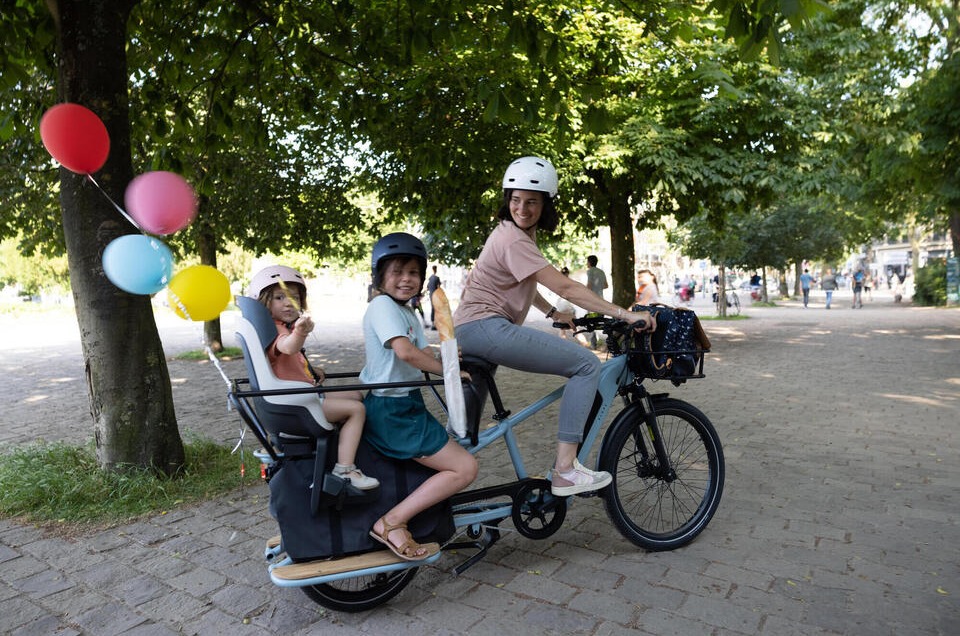
How fast can an e-bike go?
In the UK, e-bikes are limited to support you up to 15.5 mph. When you go faster than that - including when going downhill, you can pedal but the e-assist won’t kick in.
E-bikes can therefore go as fast as any other bicycle, but the e-assist will stop working from 15.5 mph speed.
What is Walk Assist on an e-bike?
Some e-bikes, including the ones with a Bosch, Yamaha or Shimano motor, come with an option called ‘walk assist’ or ‘walk mode’.
You press a button or a combination of buttons and the motor will push the e-bike forwards at a very low speed, which can help when you are pushing your e-bike, especially if you’re carrying passengers on the bike or maneuvering the bike up a slope.
Battery rating of an e-bike battery
The battery of an e-bike will have a rating of Watt-hours (Wh), which tells you how many Watts it can deliver to the motor per hour. In general, the higher the Watt-hours the better, although the effectiveness of the battery is related to the motor, so they need to be looked at in relation to each other.
400Wh or 500Wh is a good rating for e-bikes to carry a child on a bike seat, or for an electric cargo bike. A battery with higher Wh is usually heavier and more expensive than one with a lower Wh rating.
Some e-bike batteries don’t have a Wh rating, but only show Volts (V) and Amp-hours (Ah). To calculate these to Wh, you multiply volts and amp-hours.
Battery range of e-bikes
The range of miles you will be able to get out of your battery will depend on a myriad of factors, with the most important factor being how much e-assist you are using. If you’ll be using your e-bike in the most powerful ‘turbo’ setting while going up hills, it won’t last very long.
If you are using your e-bike to cycle in mostly flat areas, while in ‘eco’ mode, your battery will probably last for a long time.
Most e-bikes will have a display which can show you how many miles you’ve got left (range) while using the bike in the current setting.
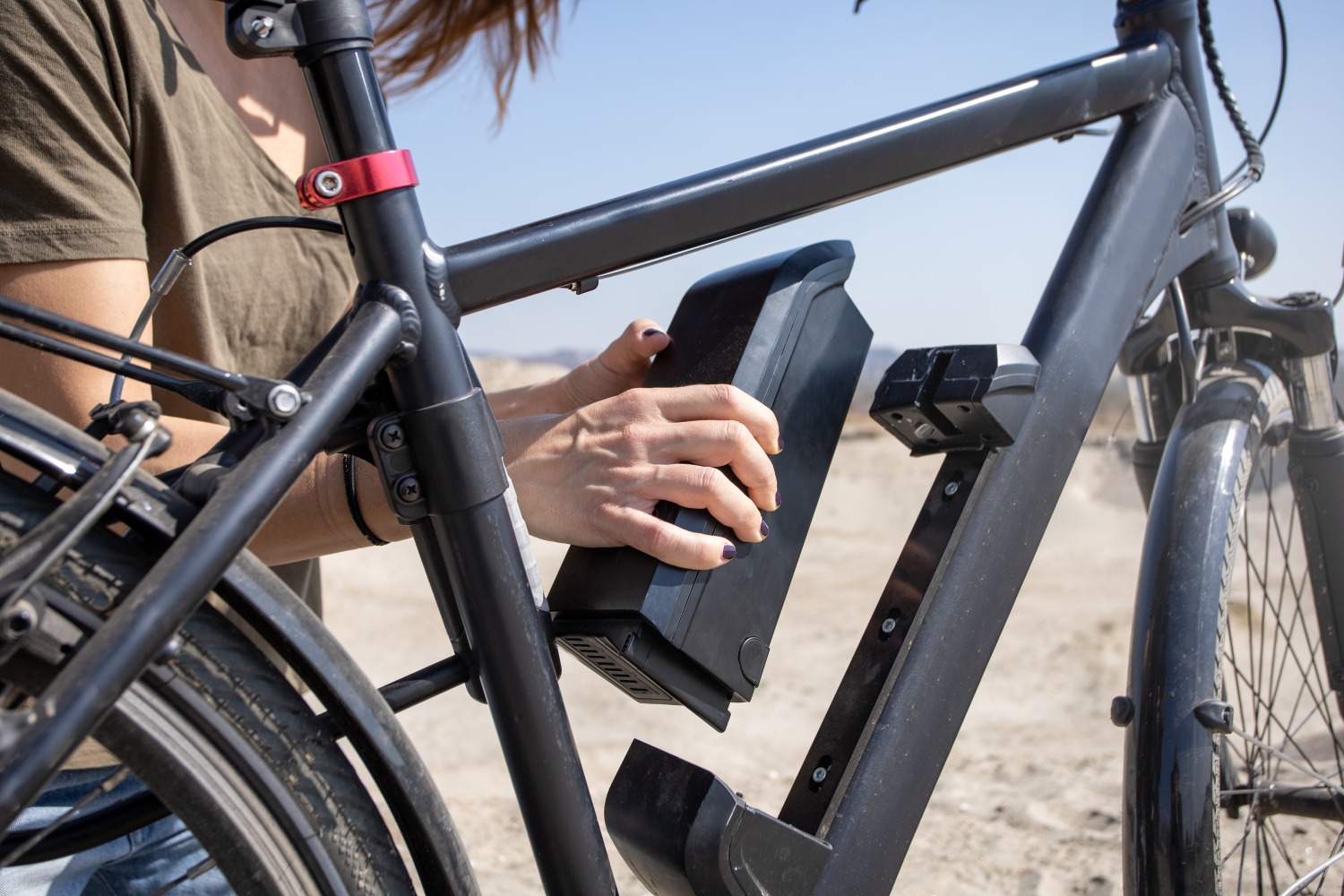
Safely charging the battery of your e-bike
The motor on your e-bike is powered by a battery. This battery will need charging regularly. Some batteries are mounted onto your bike’s frame, either on the rear rack or on the main frame, and others are integrated into the bike’s frame.
A removable battery is easy to take indoors to charge it. Remember you’ll need an electrical socket near your e-bike if the battery is integrated into the bike, usually in the down tube.
It is VERY important that you follow the instructions provided when you purchased the e-bike, only ever use the charger supplied with the battery, and never leave the battery charging unattended or overnight.
Read more about how to charge the battery of your electric bike safely.
How often do I need to charge the battery of my e-bike?
How often you need to charge the battery depends on your use of the e-bike and the type of motor and size of the battery, as well as the age of your battery and other factors such as the weight you are carrying and even the temperature!
For most people, charging your e-bike’s battery will be needed between one and three times a week, or less than that.
Some e-bikes come with two batteries and some are dual-battery ready, so you can add a second battery if you wish to.
A second battery can provide peace of mind that you always have a reserve battery. This may be particularly helpful if you’re rushing to get out of the door with the kids in the morning and suddenly realise you forgot to charge the battery the day before!
Before you go…
If you’re looking into carrying children on an e-bike, go to our section on cargo bikes.
Other articles you might be interested in:
- Best electric longtail cargo bikes to carry kids
- How to charge the battery of your e-bike safely
- 7 reasons to ride an electric cargo bike with your kids
- How much does an electric family cargo bike cost?
- Are kids e-bike legal in the UK?
- How to start cycling with a small child in a bike seat, cargo bike or trailer
- Top things to look out for when buying an electric cargo bike
- How to charge the battery of your e-bike safely
Easter holiday rides
Recent posts
-
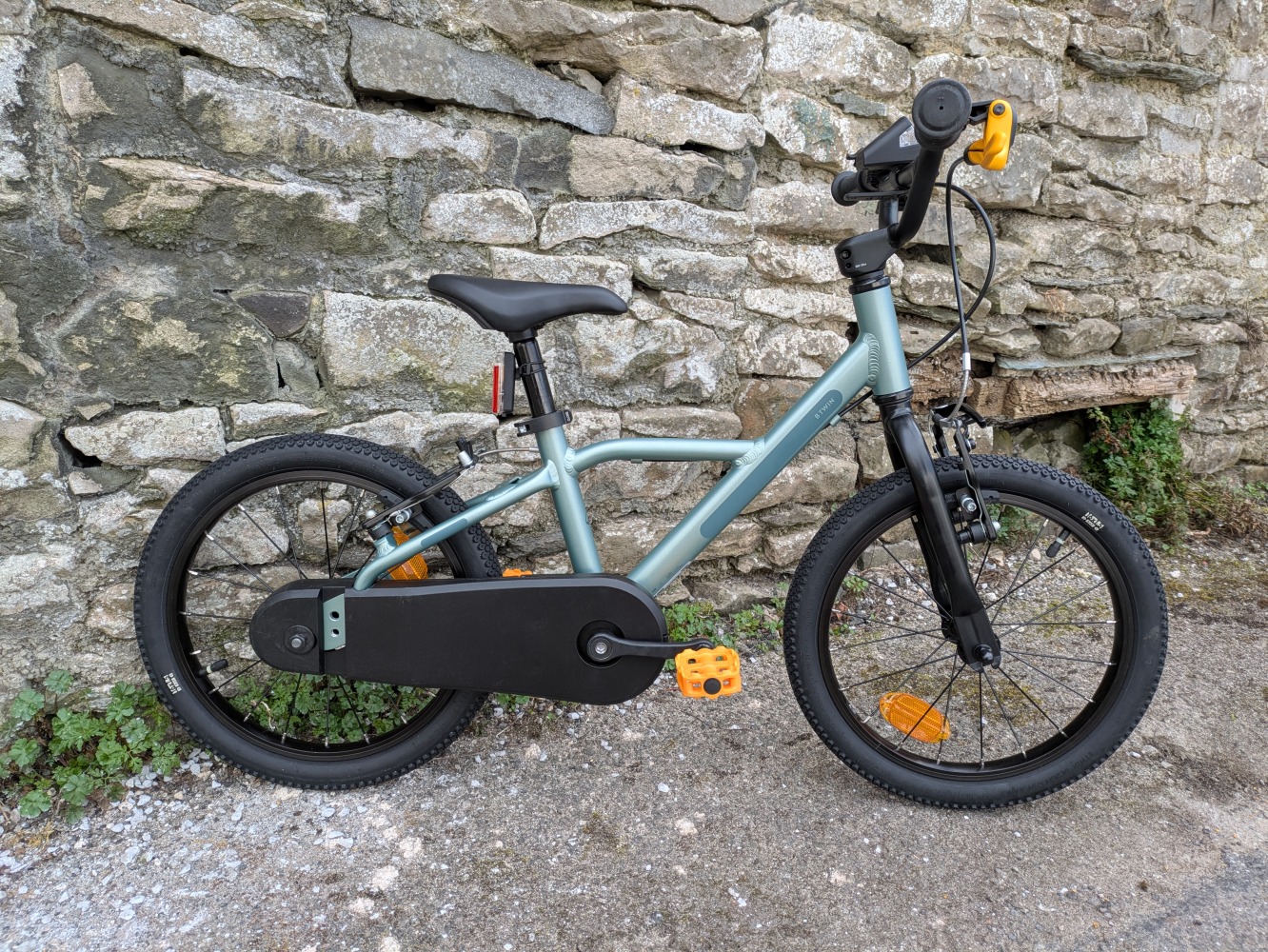 BTWIN 16” Discover 900 First Impressions Review: A budget-friendly 16″ Decathlon bike
BTWIN 16” Discover 900 First Impressions Review: A budget-friendly 16″ Decathlon bike
-
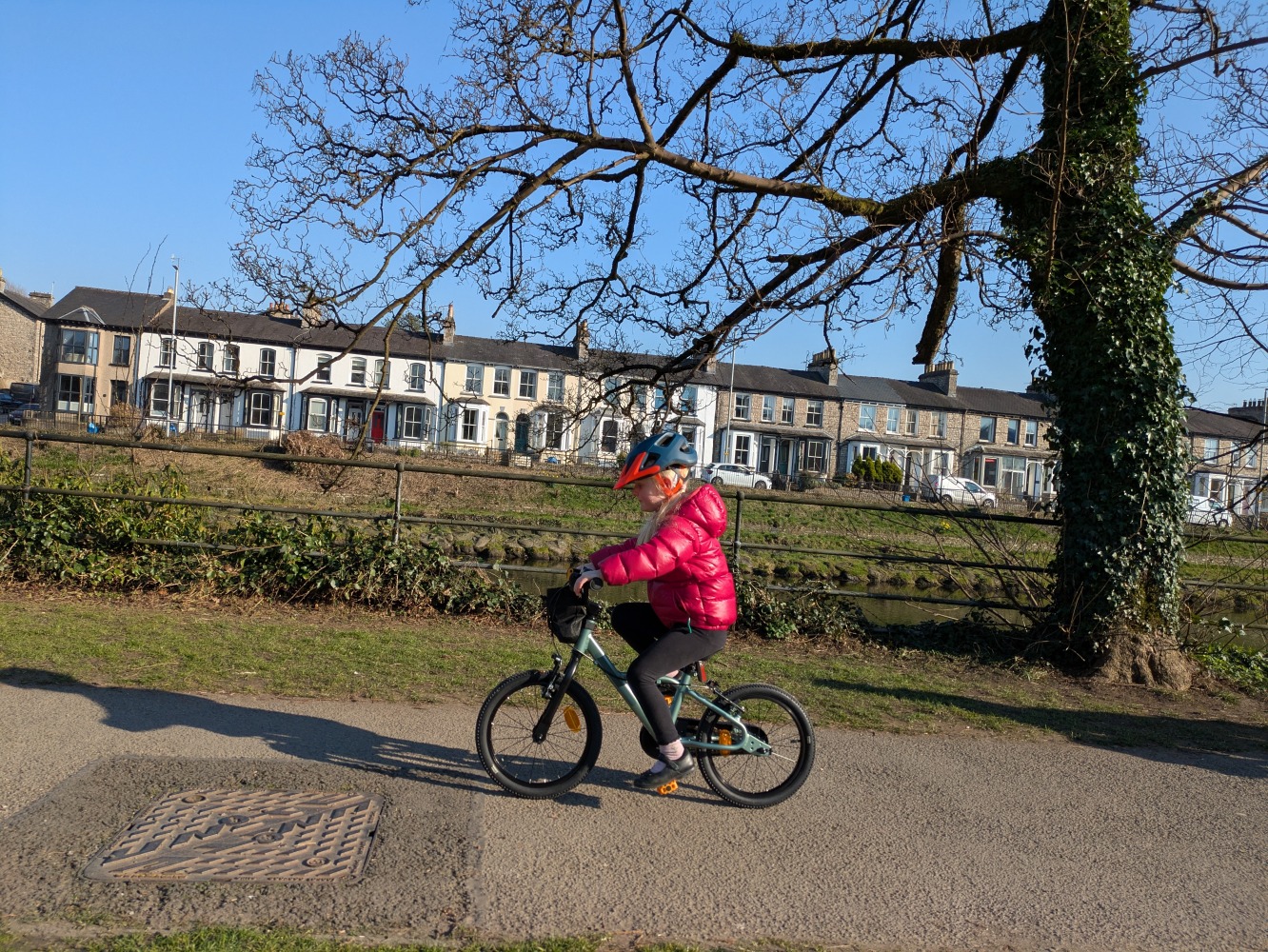 BTWIN kids’ bikes: a comprehensive range overview
BTWIN kids’ bikes: a comprehensive range overview
-
 3 incredible traffic-free family cycling routes in Austria & Italy
3 incredible traffic-free family cycling routes in Austria & Italy
-
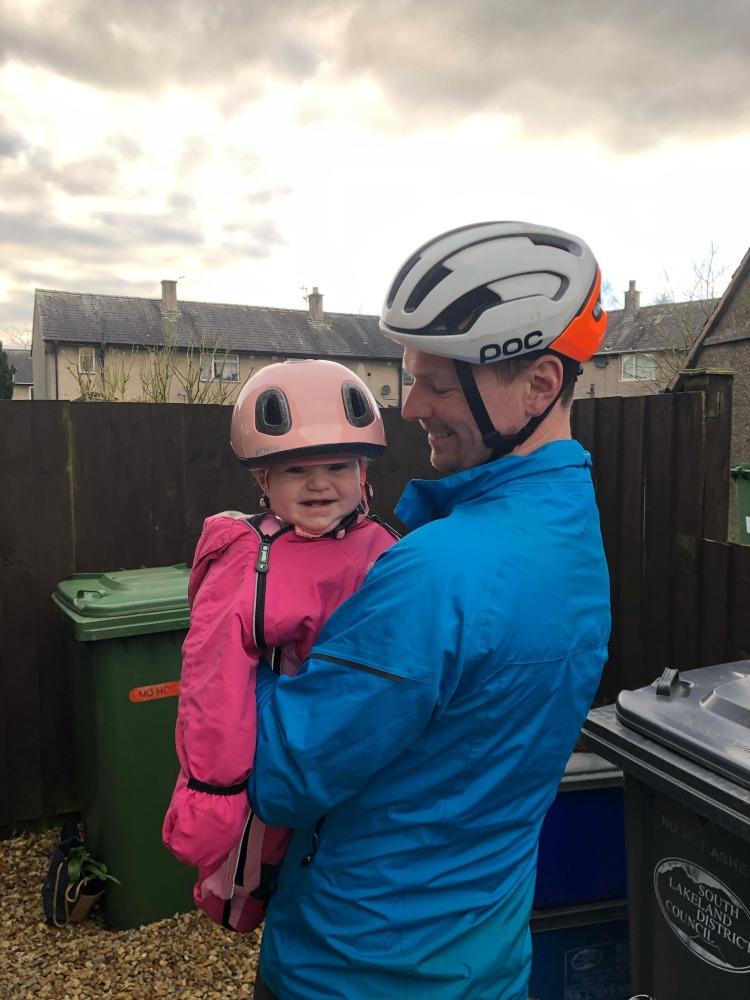 BTWIN 500 Baby Helmet Review: the smallest bike helmet available in the UK
BTWIN 500 Baby Helmet Review: the smallest bike helmet available in the UK
-
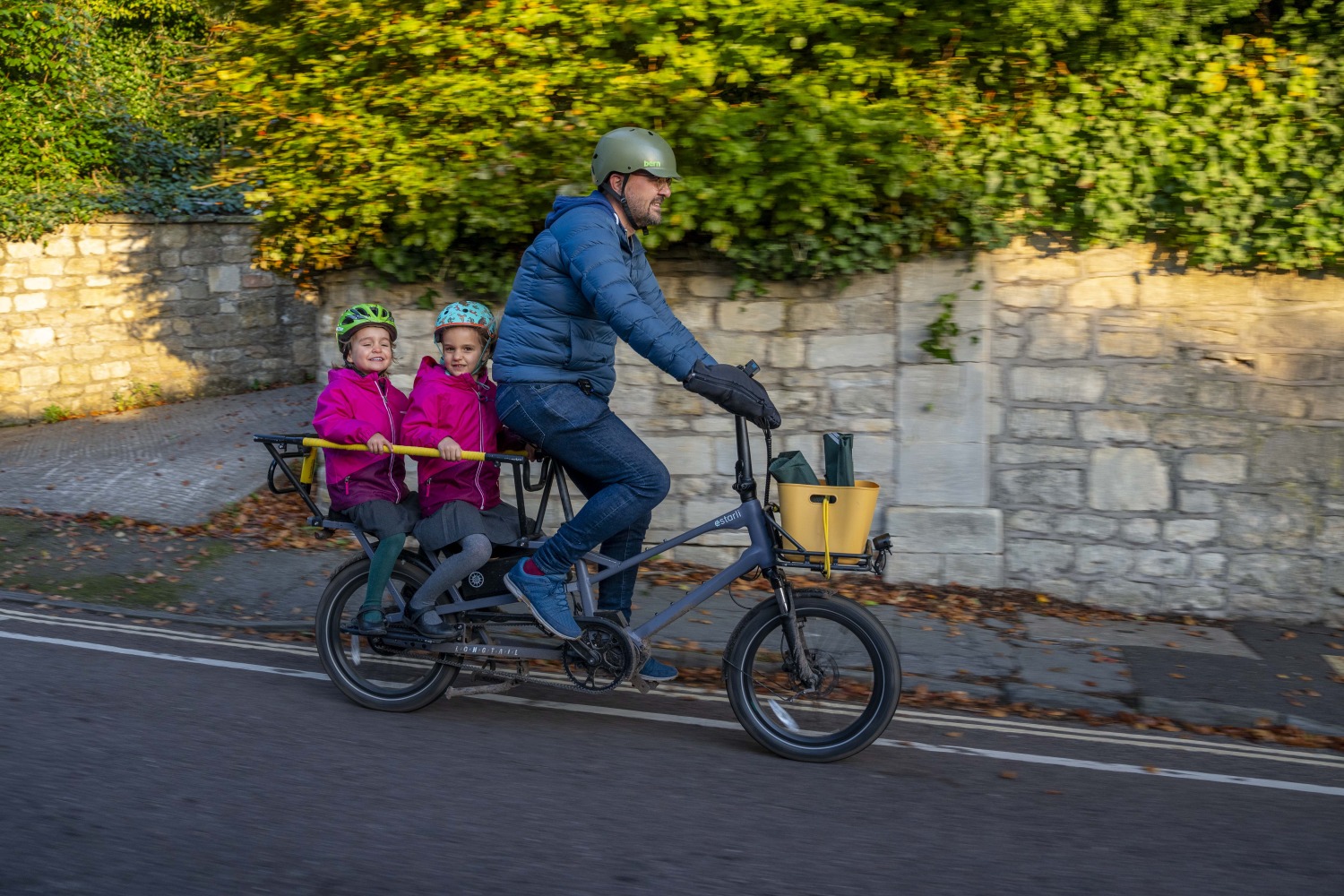 The joy of cargo biking – How electric cargo bikes are transforming family life
The joy of cargo biking – How electric cargo bikes are transforming family life
-
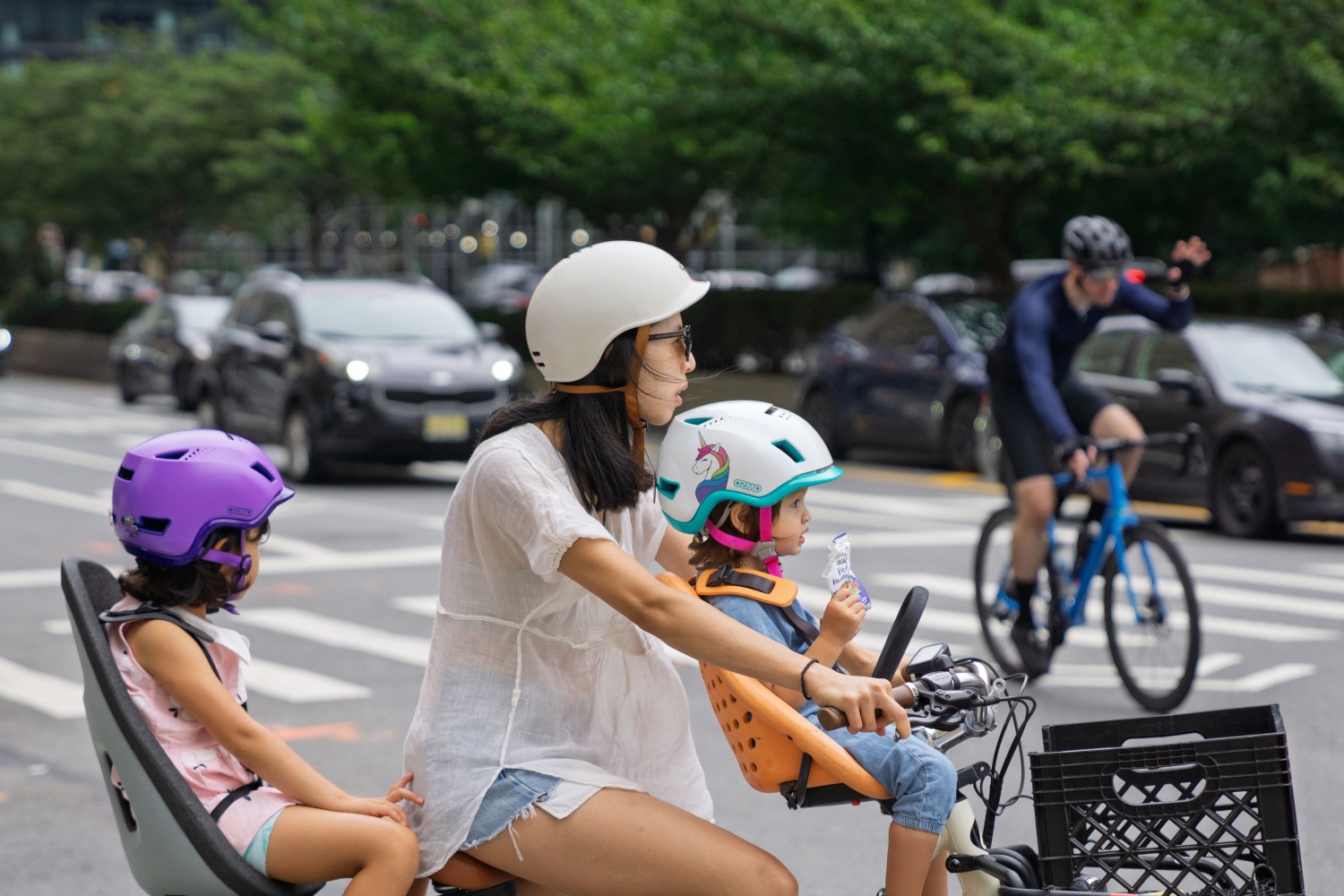 First e-bike helmet for babies: the Ozmo Helmets Kickstarter campaign
First e-bike helmet for babies: the Ozmo Helmets Kickstarter campaign
-
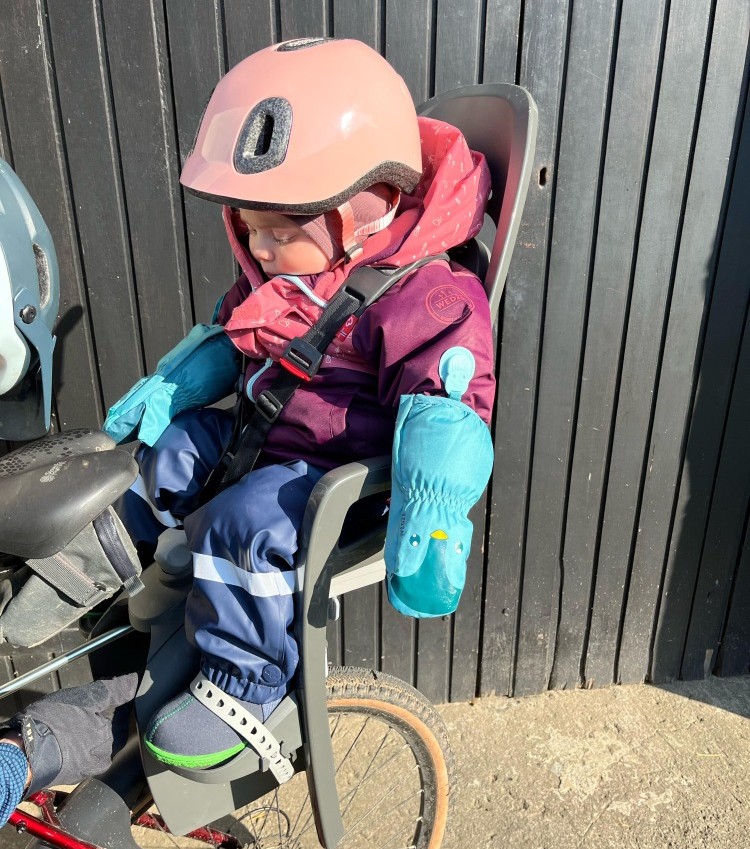 Hamax Zenith Relax Review: A reclining rear bike seat
Hamax Zenith Relax Review: A reclining rear bike seat
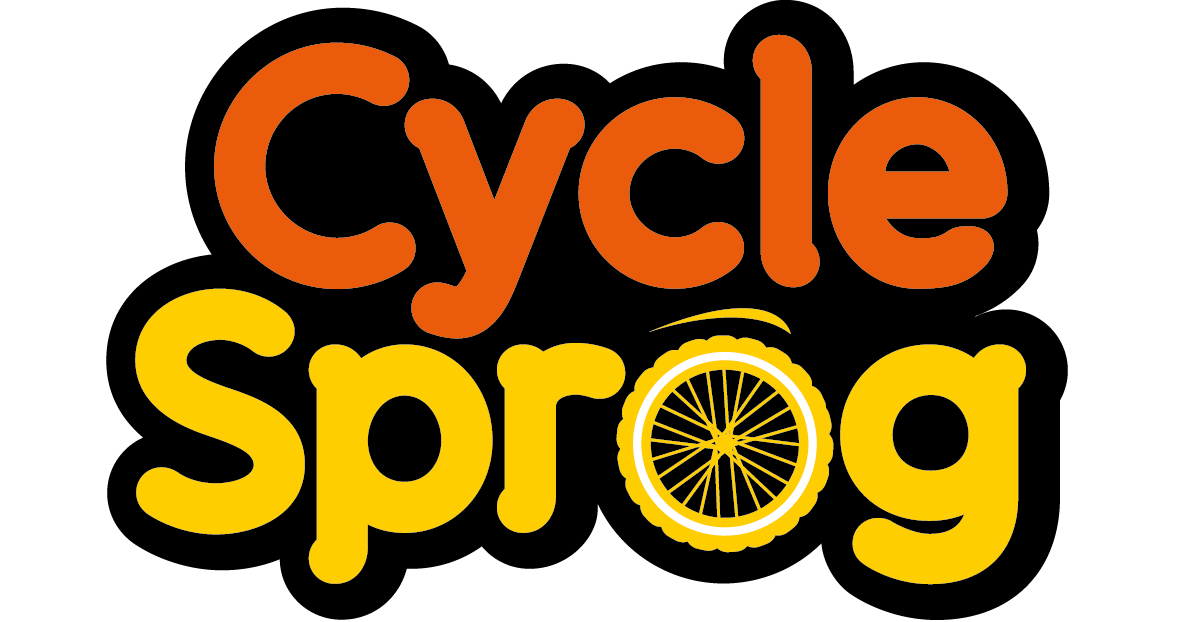

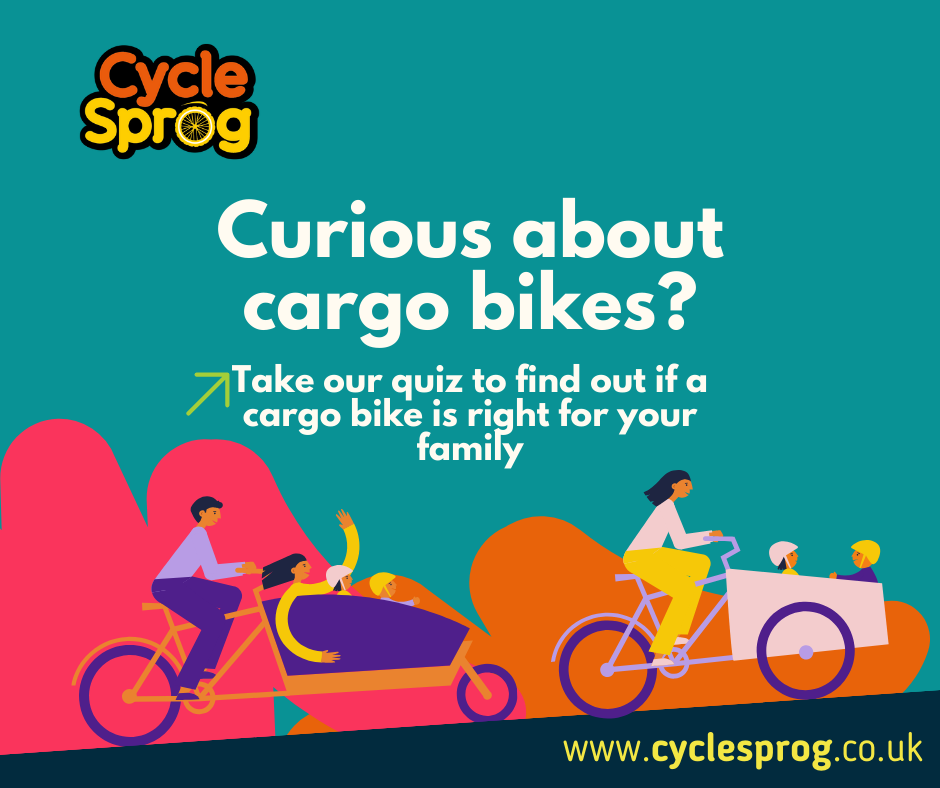


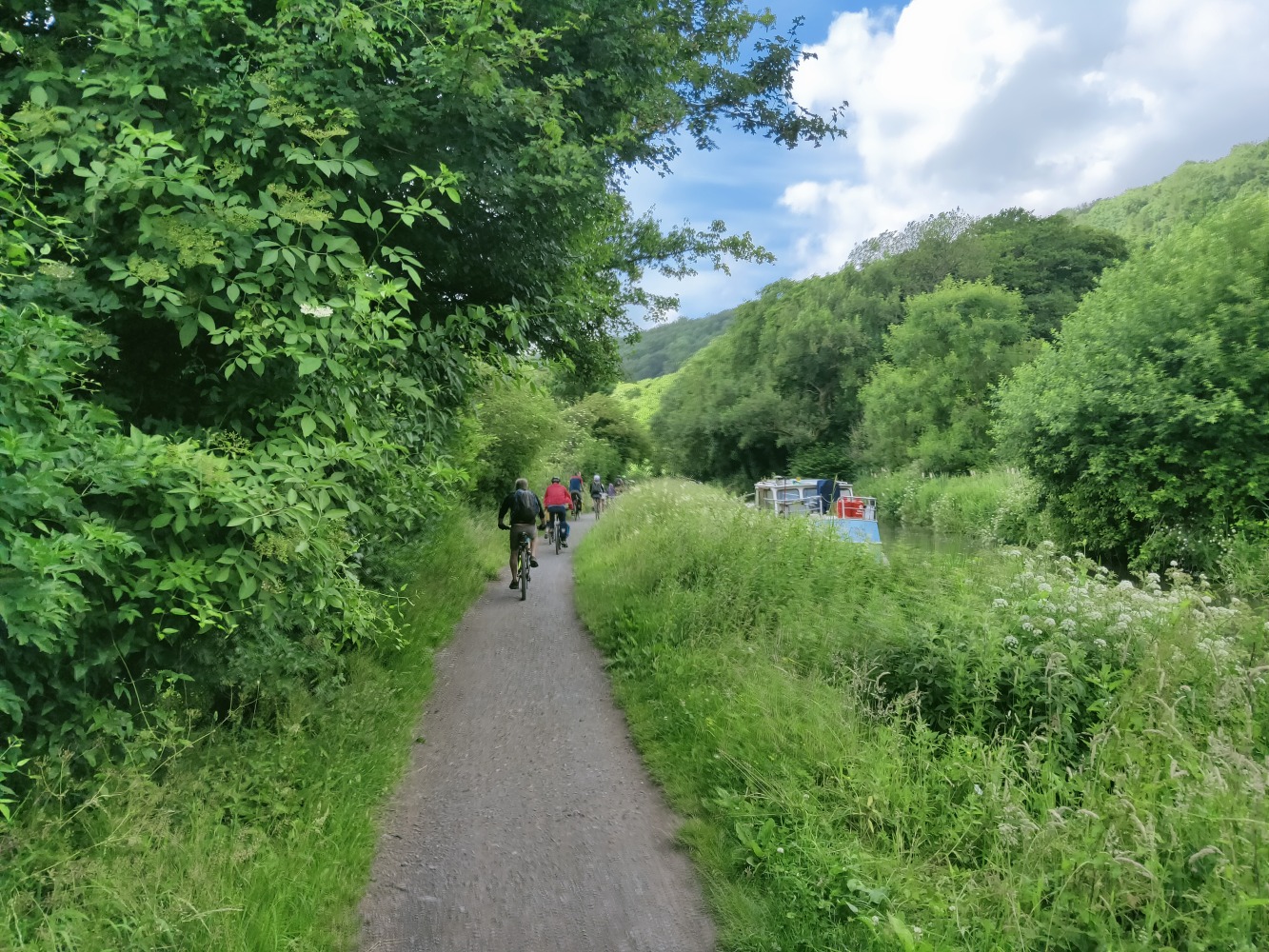
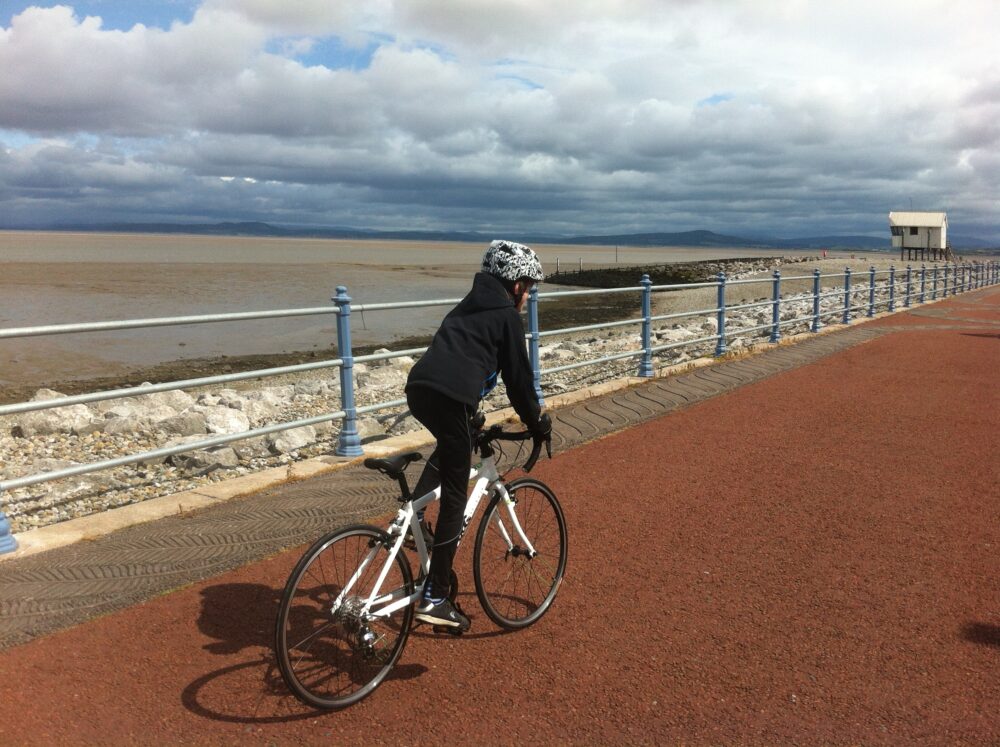


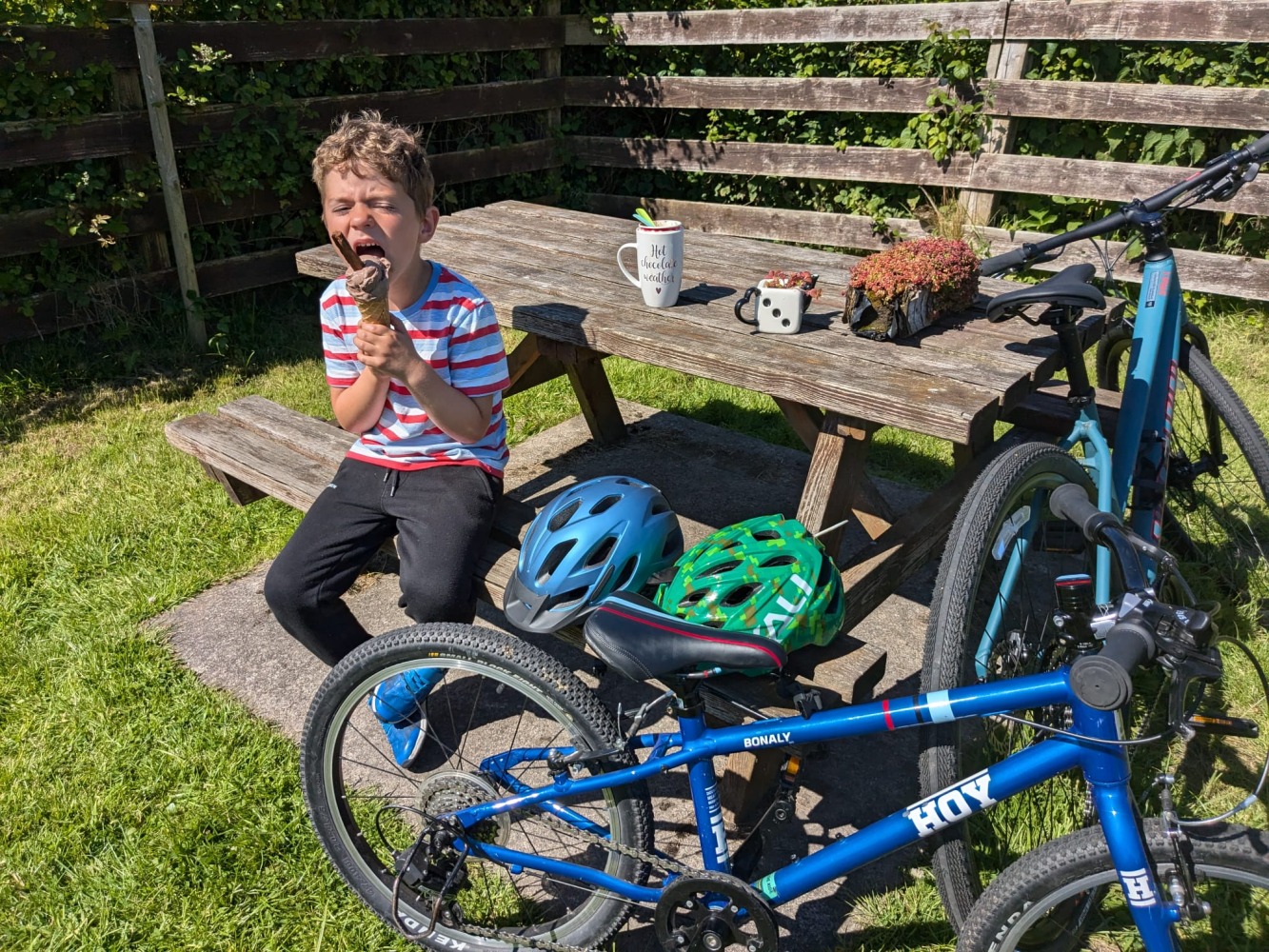
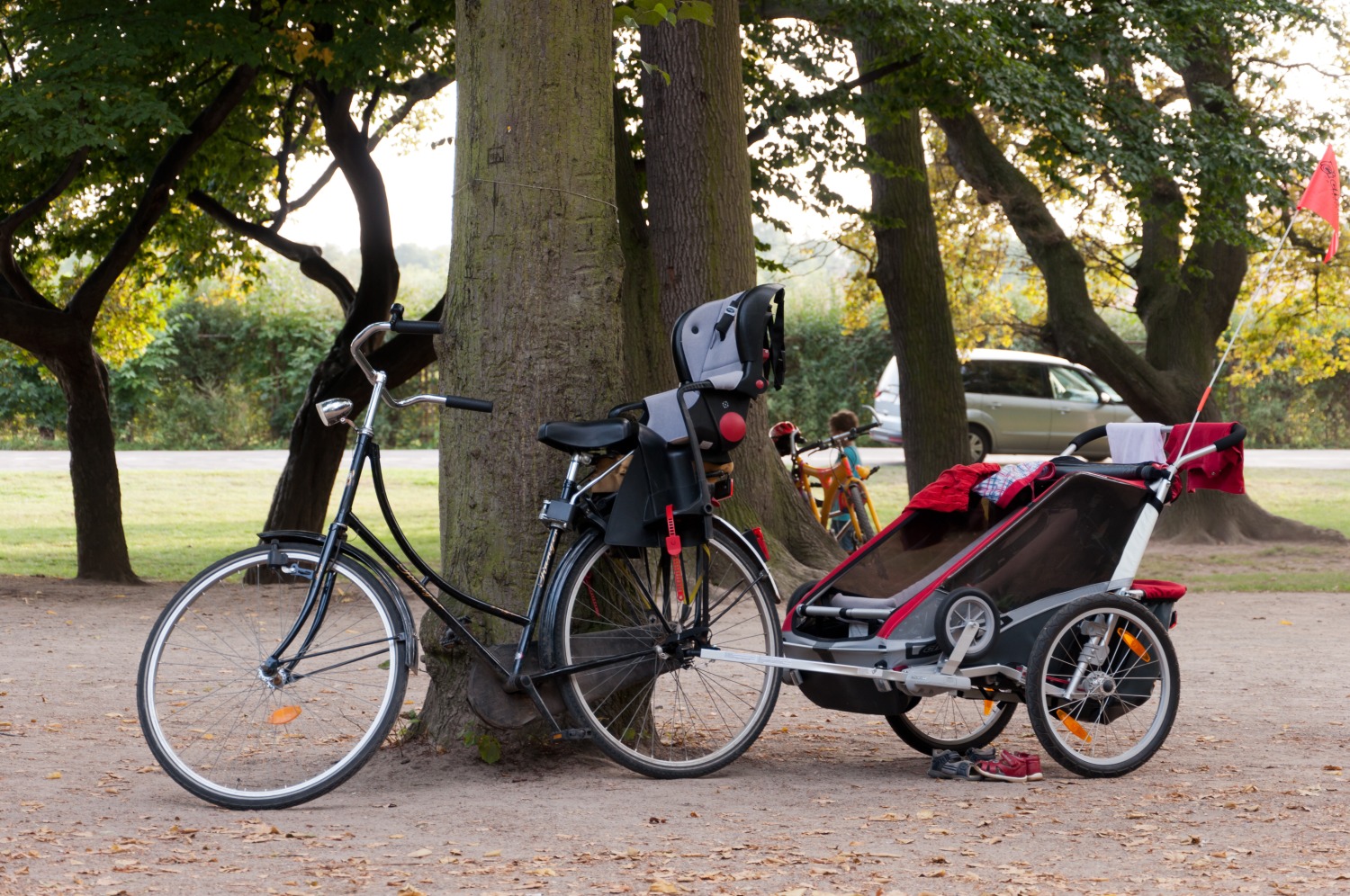
Comments